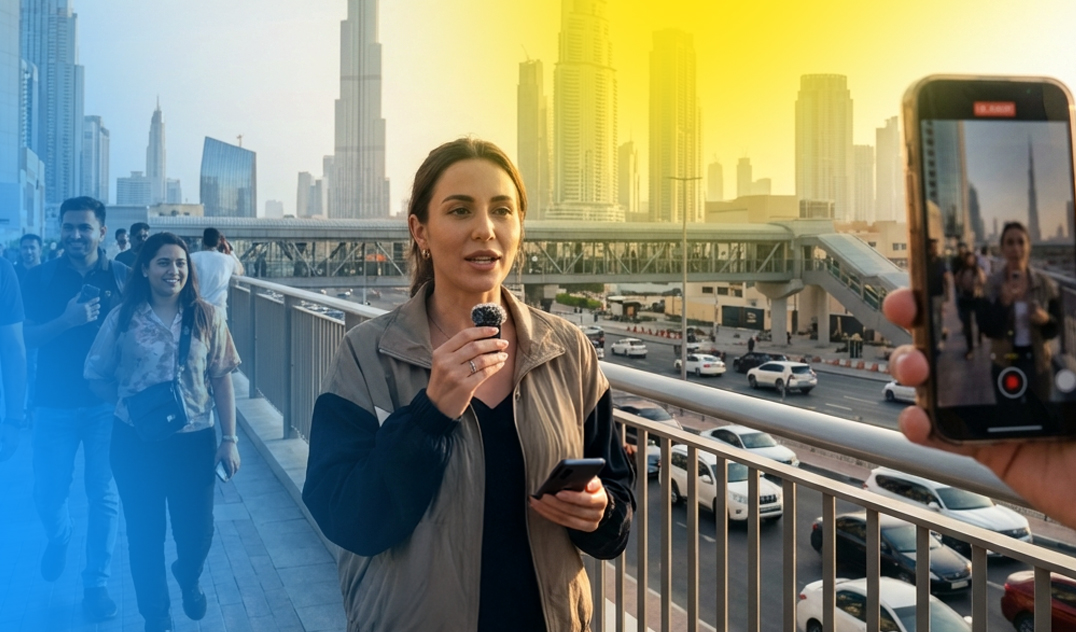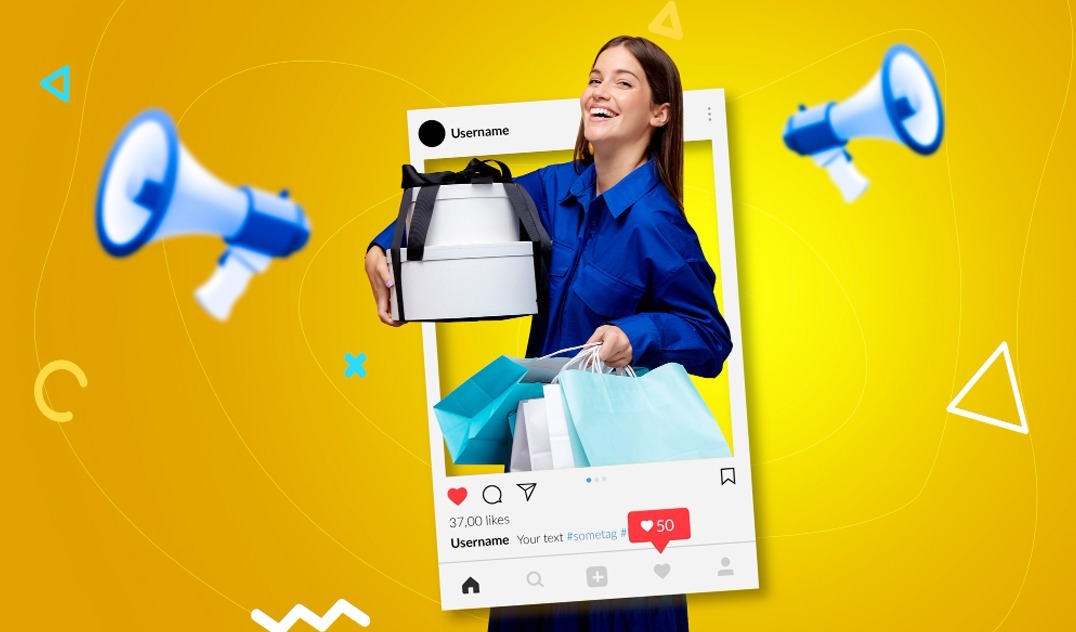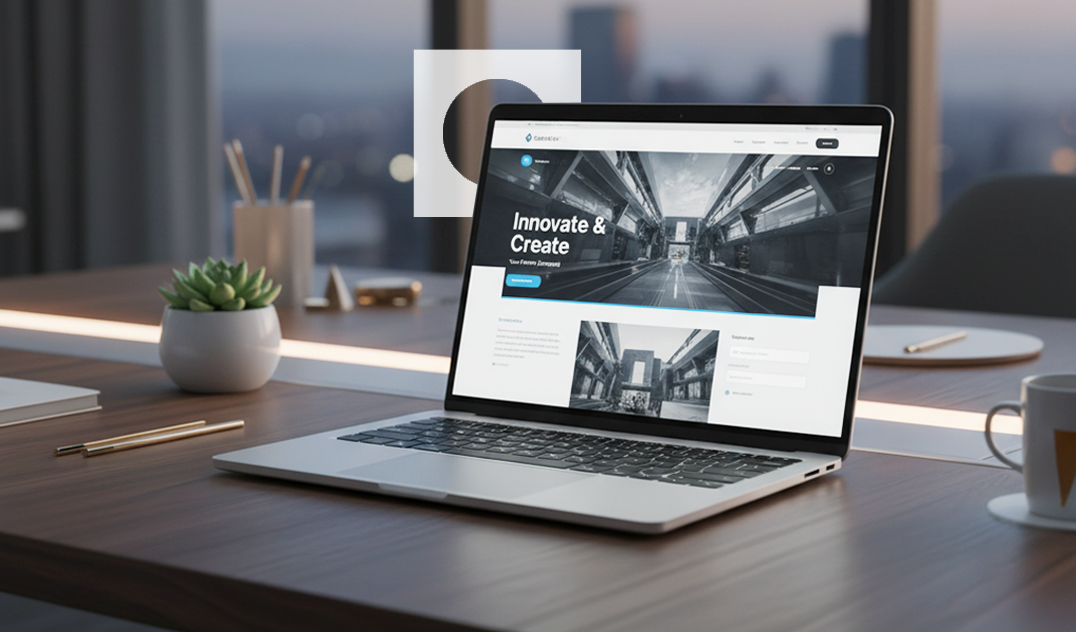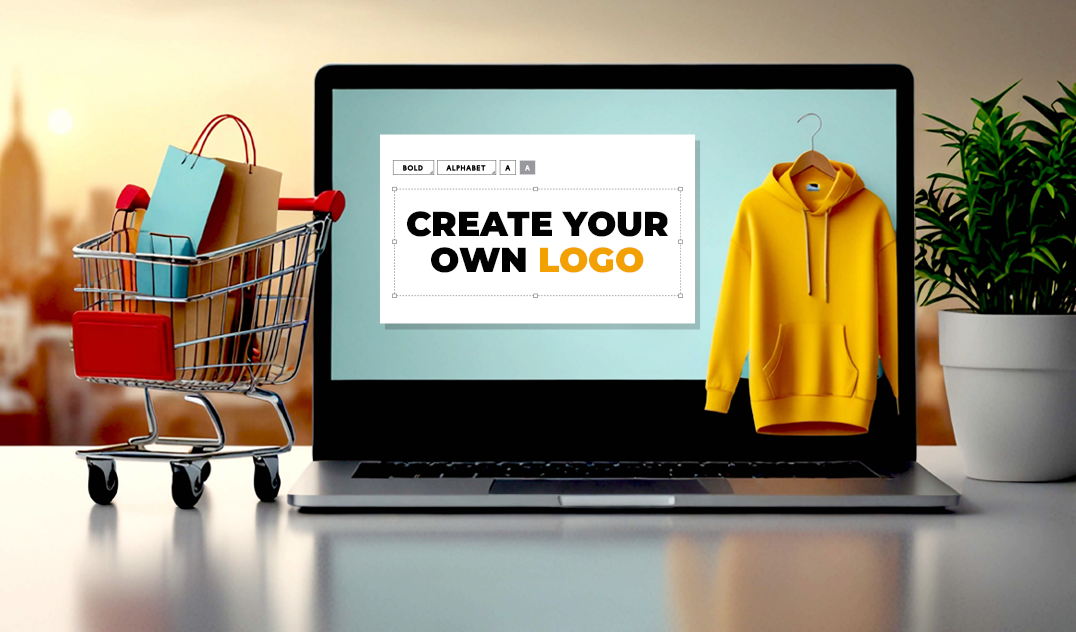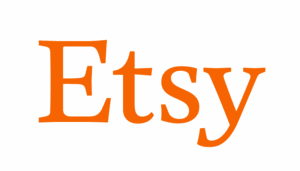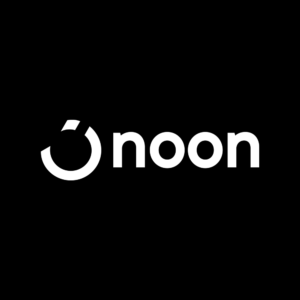In today’s evolving digital-first economy, video marketing strategies are becoming the cornerstone of effective brand communication. Across all industries, from luxury retail to real estate and technology, video has been increasing engagement, awareness, and sales at an unprecedented level.
Dubai, which has been recognized as the epicenter of digital innovation in the GCC, is at the forefront of this transformation. With one of the highest internet penetration rates and social media adoption rates, videos have become the preferred medium for storytelling, education, and connection.
Platforms like Instagram Reels, YouTube Shorts, and TikTok are now dominating the audience’s attention span, with brands competing not just for views but for emotional engagement. Whether through cinematic storytelling, influencer collaborations, or short-form creative bursts, Dubai’s brands are now using video to humanize their voice and build consumer trust.
Social media marketing is now playing a pivotal role in amplifying these efforts. In fact, effective video marketing strategies in Dubai can complement data-driven, platform-specific social media campaigns, ensuring your message resonates across all digital channels.
The Role & Effectiveness of Video Content Across Platforms
The numbers speak for themselves:
- According to Eighty Six Media, video posts are now generating up to 1200% more shares than text or image content combined.
- A recent LPS ME report has highlighted that 87% of businesses in the UAE are already using video as a key marketing tool.
- Short-form content (under 30 seconds) can now drive higher engagement rates, particularly among Gen Z and millennial expats, who are making up a significant portion of Dubai’s digital audience.
From a brand perspective, these metrics can underscore a key insight that video marketing in Dubai is becoming an essential strategy.
Platform-specific Performance Overview:
- TikTok & Instagram Reels: These are perfect for storytelling with trend-based hooks, humor, and visual appeal. Brands that are targeting younger audiences in Dubai’s lifestyle, fashion, and F&B sectors are thriving there.
- YouTube & YouTube Shorts: These are ideal for detailed storytelling, product education, and brand-building narratives. Long-form videos, tutorials, and vlogs perform much higher among professionals and tech-savvy consumers.
- Meta (Facebook & Instagram): The go-to for retargeting campaigns and cross-platform visibility. Businesses can use these for video remarketing and professionalized ad funnels.
- LinkedIn: A highly growing platform for corporate storytelling, B2B brand films, and leadership narratives, which are now helping brands to position themselves as thought leaders in the Dubai market.
Together, all these platforms can enable brands to design versatile video marketing strategies by balancing creativity, cultural nuances, and measurable impact.
High-Impact Video Marketing Strategies for Dubai
The Dubai market is really unique. It is multicultural, tech-savvy, and deeply aesthetic-driven. Brands that understand these nuances and customize their video strategies accordingly are the ones that can stand out in this marketplace.
Let us discuss some of the most effective video marketing strategies that are designed for Dubai’s vibrant digital landscape.
Localized Storytelling with Cultural Relevance
As we already mentioned, Dubai has a very diverse audience, including Arabic speakers, South Asians, Europeans, and a large expatriate community. To resonate, videos should blend a universal appeal with localized emotions.
- Use Arabic-English hybrid scripts.
- Incorporate cultural motifs, celebrations, and regional symbols.
- Craft narratives that align with shared experiences—luxury, ambition, innovation.
Luxury Aesthetics & Visual Premiumization
Dubai’s market thrives on visual excellence. With high production quality, cinematic visuals, and polished editing immediately elevates brand perception.
This is where agencies like Moonbox help in leveling up the game by delivering commercial-grade video content that reflects Dubai’s luxury-driven standards.
Know more about the importance of high-quality brand storytelling in Commercial Video Production in Branding.
Short-Form Video Dominance
The attention span of the audience is increasingly shrinking, and short-form video campaigns (10-30 seconds) are redefining marketing efficiency.
With attention spans shrinking, short-form video campaigns (10–30 seconds) are redefining marketing efficiency. Snackable content optimized for mobile platforms ensures consistent engagement across Reels, TikTok, and Shorts.
Funnel-Based Campaign Approach
Successful brands follow a structured video marketing funnel:
- Awareness: Captivating visuals, storytelling hooks, and emotional narratives.
- Consideration: Product demos, influencer partnerships, and explainer videos.
- Conversion: Testimonials, special offers, or brand impact videos.
Event & Seasonal Storytelling
Dubai’s event calendar, like Ramadan, Dubai Shopping Festival, Expo-inspired activation, and New Year celebration, can offer endless opportunities for themed video campaigns. You can align your content with these moments to enhance brand awareness and relevance.
UGC and Influencer-Driven Campaigns
Authenticity can sell. User-generated content (UGC) and influencer collaborations can give a human touch to brand storytelling. You can partner with a Dubai-based influencer to allow for real-time audience connection and credibility.
Social Media Integration: The Moonbox Edge
Video marketing can achieve maximum impact when integrated with a smart social media strategy. And that is where Moonbox stands apart.
Moonbox is a creative powerhouse specializing in social media video marketing in Dubai. Our approach goes beyond shooting and editing; we build full-funnel video strategies that sync with your business goals.
A successful video strategy in Dubai is not about great visuals; it is all about integration, targeting, and amplification. Moonbox merges storytelling with strategy to create video campaigns that don’t just go viral but convert.
Best Practices for Effective Video Marketing in Dubai
To stand out in a city as competitive and visually sophisticated as Dubai, your video content should integrate creativity with strategy. Here are some video marketing best practices for Dubai-based businesses:
Design Mobile-First Videos
Most Dubai users consume video content through mobile. Vertical formats, optimized subtitles, and fast loading time can make sure there is better engagement and accessibility.
Add Arabic Subtitles or Bilingual Narration
Inclusivity is the key component when it comes to video content. If your target audience is Emiratri or expatriate, bilingual videos can mirror cultural sensitivity and inclusiveness.
Embrace Authentic, Emotion-Driven Storytelling
Dubai audiences tend to respond to emotionally authentic content, whether it is family, ambition, or innovation. Avoid over-commercialized tones and focus on relatable narratives.
Utilize Trending Dubai Hashtags & Visual Aesthetics
Keep note of trending hashtags, especially during major Dubai events. Visuals should reflect the city’s architecture, skylines, and lifestyle cues, modern yet inspirational.
Optimize Hooks & CTAs
The first 5 seconds of your video should make-or-break. Use curiosity-driven hooks and strong CTAs that encourage actions, whether it is visiting your website or engaging with your brand on social media/
Consistent Story Arcs
Create continuity in your brand’s visual language. By using recurring themes, colors, and tone for better recall.
The Moonbox Advantage
As one of the leading creative and video marketing agencies in Dubai, Moonbox can redefine what high-impact content can look like for contemporary audiences. Our team of strategists, designers, and editors specializes in creating visually engaging, emotionally resonant, and data-driven videos.
Why Dubai Brands Choose Moonbox:
- Localized Creative Strategy: Deep understanding of Dubai’s multilingual, multicultural consumer landscape.
- Cinematic Visuals: Expertise in high-end video production that matches Dubai’s luxury tone.
- Integrated Marketing Vision: Every video is tied to a measurable business objective, awareness, engagement, or conversion.
- Performance-Driven Approach: Insights-backed optimization ensures videos deliver ROI across platforms.
Moonbox is not here just to create videos; we provide an impactful brand experience that stays in retrospect and drives measurable business results. We curate high-performance video content that is built for engagement, recall, and conversion, which can help brands dominate Dubai’s ever-evolving digital landscape.
For more insights, explore the Moonbox blog, your go-to resource for video marketing inspiration and best practices.
FAQs
- Is video marketing important for businesses in Dubai?
Video marketing is an essential part of the digital marketing ecosystem in Dubai as it helps brands to connect with their audience. It is the most effective way to communicate brand stories, showcase products, and influence purchase decisions in the UAE market.
- What are some types of videos that work the best for the Dubai audience?
Dubai audience responds to localized, visually-rich, and emotionally driven videos. These can include Reels, influencer collaborations, luxury brand films, and bilingual storytelling content.
- Can Moonbox help a brand with video marketing in Dubai?
Moonbox is an expert in creative video production and social media marketing customized to the Dubai market. From concept development to scriptwriting to production and performance analytics, we provide full-fledged strategies that can engage the audience and drive ROI.
- What are the key elements of a successful video marketing strategy in Dubai?
A successful video marketing strategy in Dubai combines:
- Localized storytelling (Arabic-English hybrid content)
- Mobile-first, short-form formats
- High production quality and visual appeal
- Integration with social media and retargeting campaigns
- Data-backed optimization for performance tracking
- How can Dubai brands measure the success of their video marketing campaigns?
The success in video marketing is about engagement, conversions, and brand impact. Dubai brands can measure it with key metrics like watch time, click-through rates (CTR), social shares, audience retention, ROI analytics, etc.
